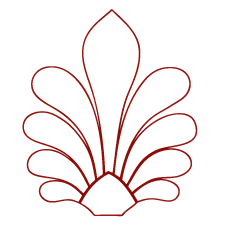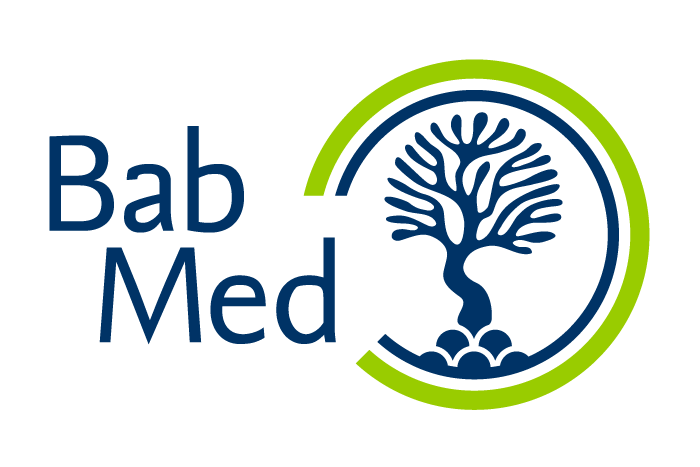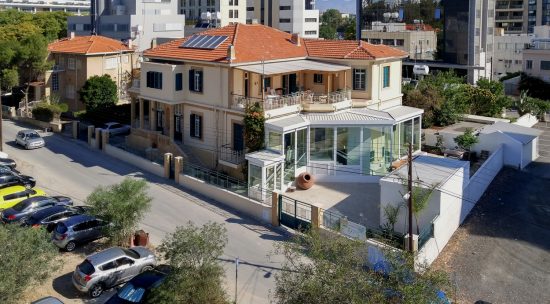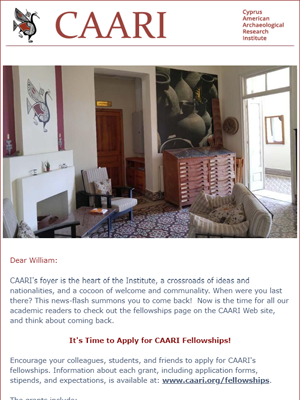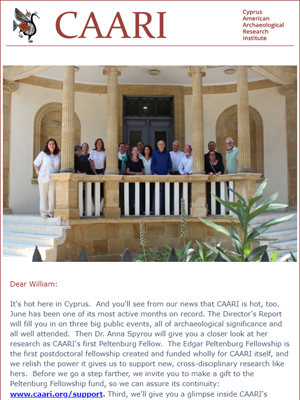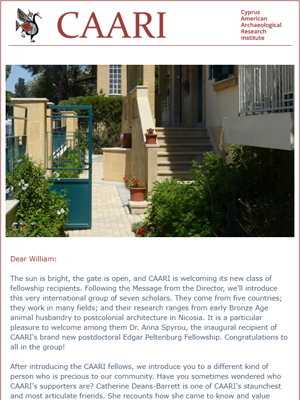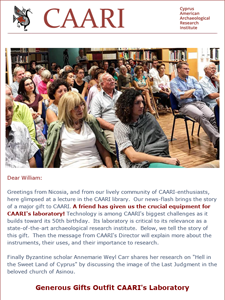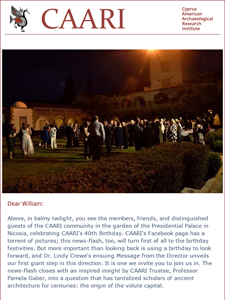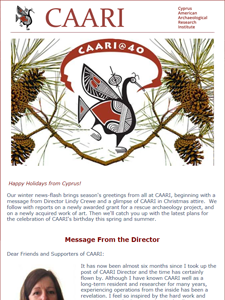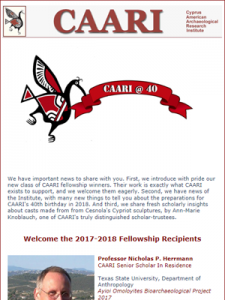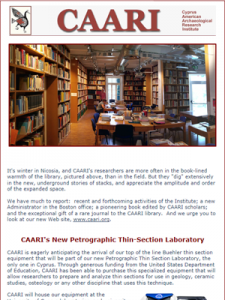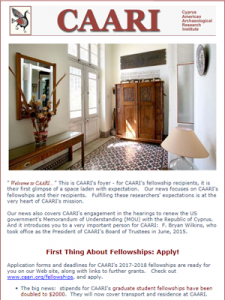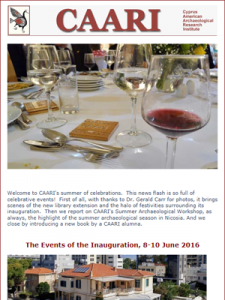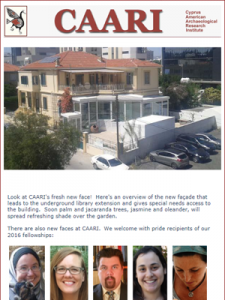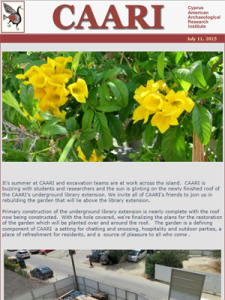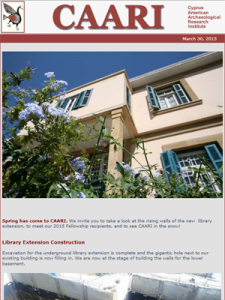CHS Online Open House | The Reception of Greek in Renaissance Italy, with Caroline Stark
We are excited to welcome Caroline Stark of Howard University for an Online Open House. The title of the discussion is: Reception of Greek in Renaissance Italy. The session will be live-streamed and recorded.
The event will take place on Thursday, December 5 at 11:00 a.m. EST. You can view on the Center for Hellenic Studies YouTube channel, and the recording will be posted here afterwards.
To get ready for the event, you might like to read:
Petrarch’s letter to Homer:
https://www.gutenberg.org/files/47859/47859-h/47859-h.htm#Page_148
Aristophanes’ speech, from Plato Symposium, 189–193:
http://www.perseus.tufts.edu/hopper/text?doc=Plat.+Sym.+189&fromdoc=Perseus%3Atext%3A1999.01.0174Caroline Stark
Caroline Stark is Associate Professor of Classics, Howard University. She earned a BA in Latin from Sweet Briar College, an MA in Cultural and Intellectual History, 1300-1650 from the Warburg Institute, University of London, and an MA, MPhil, and PhD in Classics and Renaissance Studies from Yale University.
Her research interests include ancient cosmology, anthropology, ethnography, and the reception of classical antiquity in Medieval and Renaissance Europe and in Africa and the African Diaspora.
She is the creator of the Io Project, an online resource for the history and reception of Classics in Africa and the African diaspora, and she is co-editing with Lee Fratantuono A Companion to Latin Epic 14-96 CE with Wiley-Blackwell. She is working concurrently on two book projects, one on Africana Receptions of classical heroines and another that examines the intersection of humanism, philosophy, art, and science in the writings of fifteenth-century Italian humanists as they rediscovered ancient stories about the birth and development of humankind in Lucretius and other ancient authors. She was a research fellow at Harvard’s Center for Hellenic Studies and a Humanities Writ Large faculty fellow at Duke University.







